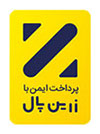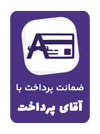Glossaries
The term currently used to describe children attending school in the United States who come from homes where a language other than English is spoken.
A program of techniques, methodology, and special curriculum designed to teach ELL students English language skills which may include listening, speaking, reading, writing, study skills, content vocabulary, and cultural orientation. ESL instruction is usually in English with little use of L1.
Develops students’ social and academic English language skills (reading, writing, listening, and speaking) using State Standards. Requires a TESOL (Teachers of English to Students of Other Languages) endorsement to existing license
The process of formulating and sending a message is called expressive language. One way to express language is through speech. Other ways are through sign language, pointing to words and pictures on a communication board, or formulating written messages on a computer screen.
Speech characterized by formulas or chunks and phrases that the child uses without completely understanding how they function in the language.
The language that is used primarily by the child's family in the home environment. For some children, there may be more than one home language (e.g., when the mother speaks Chinese and the father speaks English).
An individual's or family's experience of leaving one's home country and moving to a new country.
Synonyms: IEP
A written plan constituting a legal document that states a child’s present level of functioning; specific areas that need special services; annual goals; short-term objectives; services to be provided; and the method of evaluation to be implemented for children three to twenty-one years of age who have been determined eligible for special education (Cook, Klein, and Tessier 2004).

 Persian
Persian  English
English  Arabic
Arabic 



